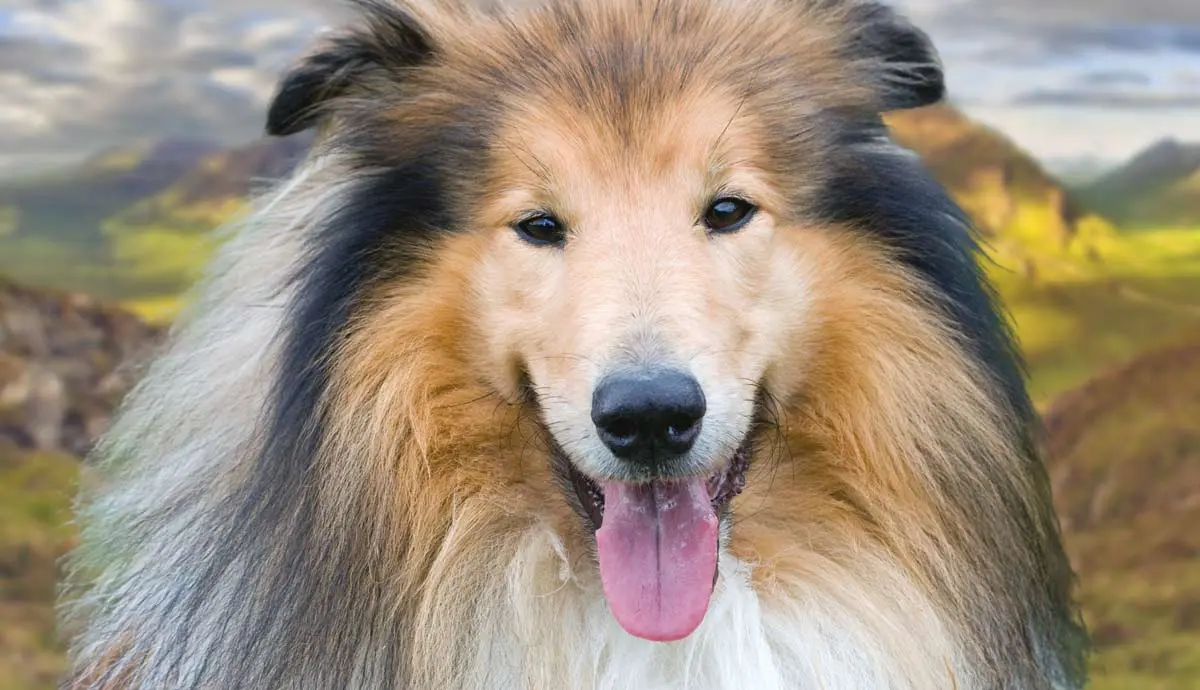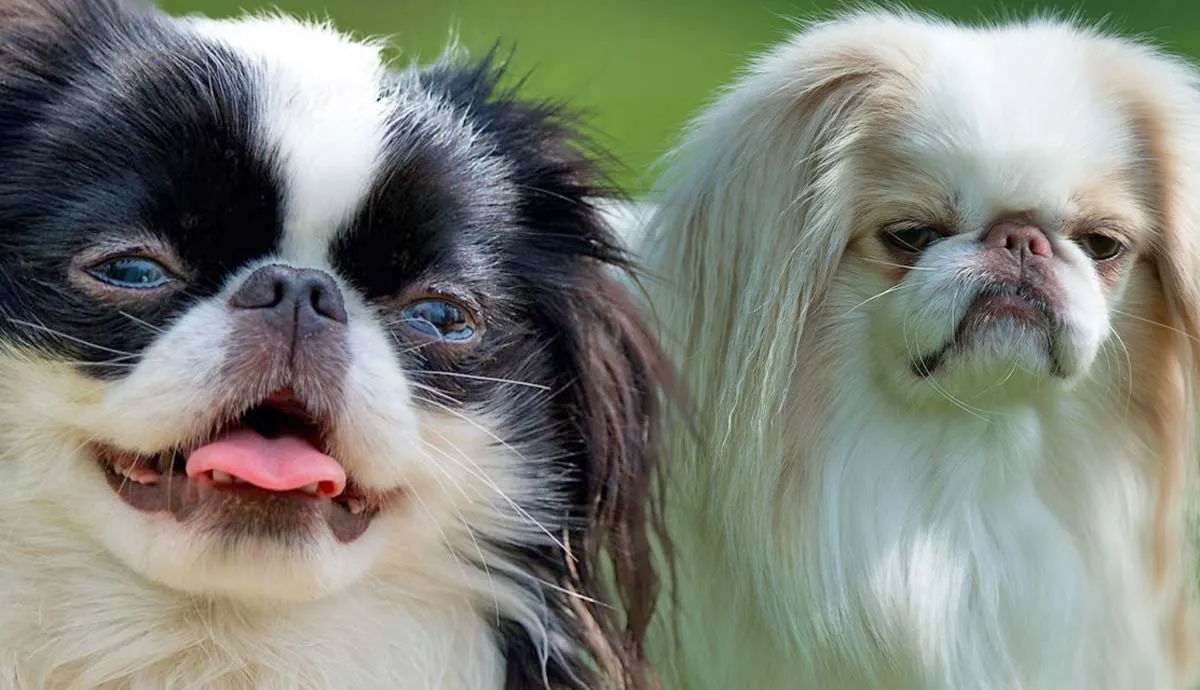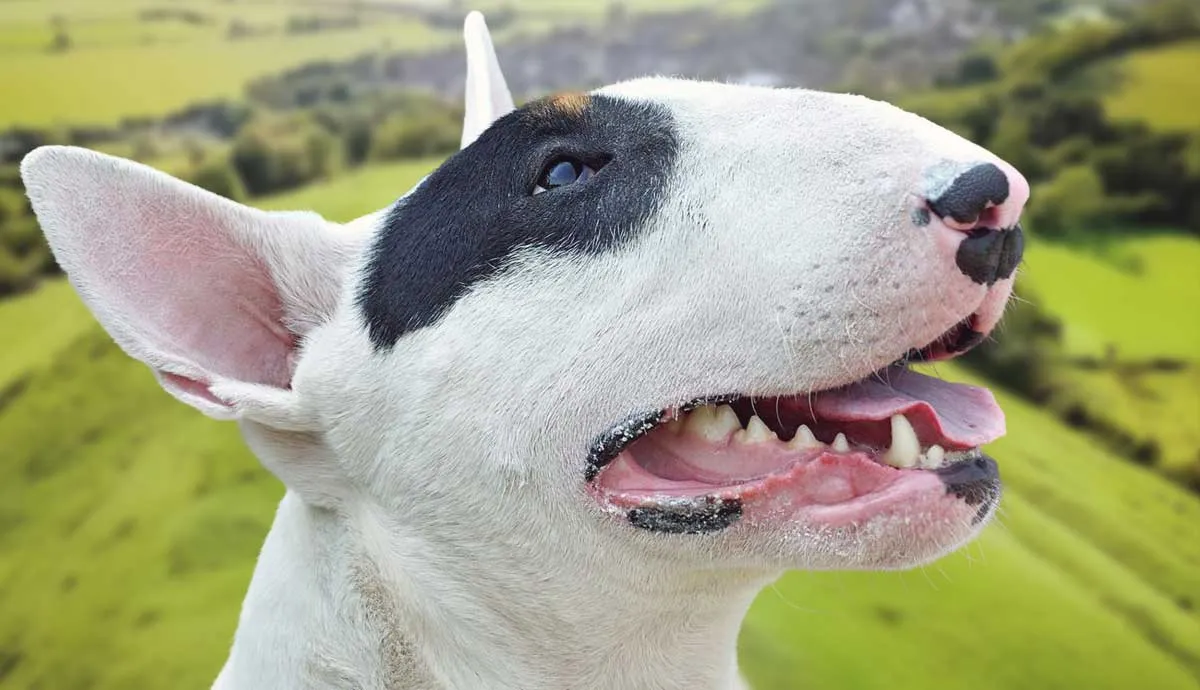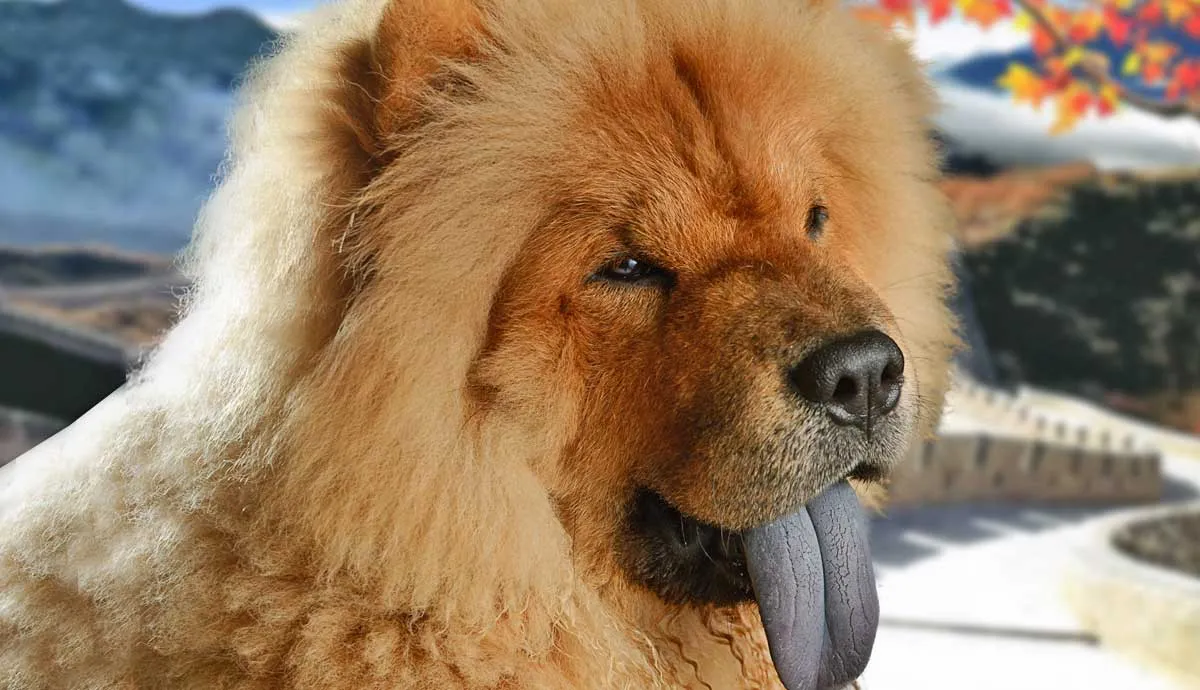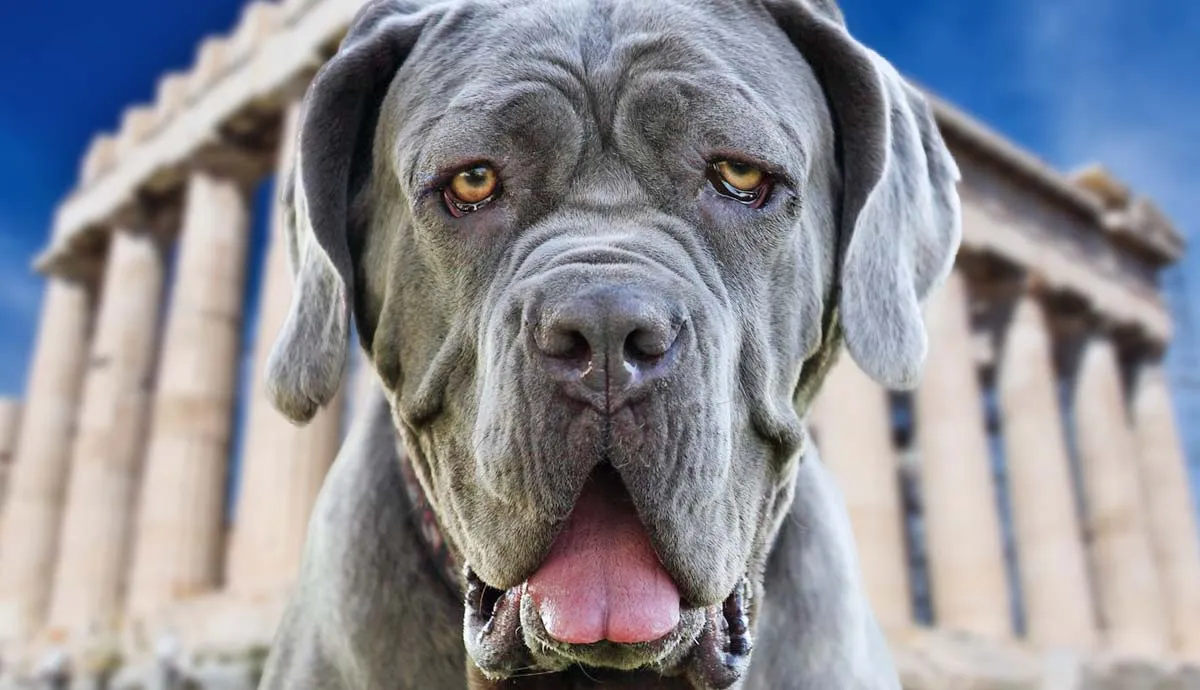When you think of a Rough Collie, most likely Lassie comes to mind. Collies are smart, trainable, and great companions. Being a herding breed, they may not be the right choice for every family or living arrangement.
Lassie Made the Rough Collie Breed Popular
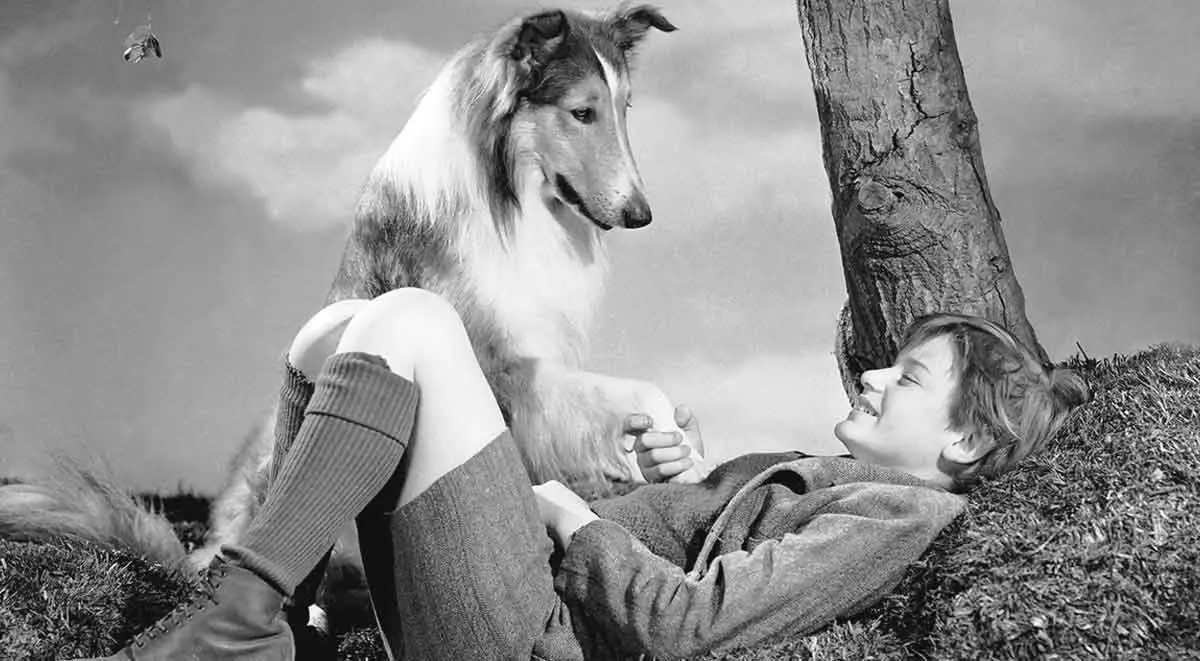
When the movie Lassie Come Home came out in 1943, the popularity of the breed skyrocketed. Today, the Rough Collie ranks 39th out of 199 on the American Kennel Club’s 2022 most popular dog breeds.
Lassie became a household name worldwide, and families have followed the adventures of Lassie through the generations. While the popularity of Lassie has waned somewhat, there are still die-hard fans and even a specific bloodline of Collies that are descendants of Pal, the original canine actor who portrayed Lassie in 1943.
Pal was a sable and white Rough Collie male who replaced the original female Collie that had been cast for the role after she experienced significant shedding during the first six weeks of filming. He was trained by legendary animal trainer Frank Inn. Pal lived 18 years (June 4, 1940-June 18, 2958) and had an illustrious career performing as Lassie.
Queen Victoria Gave Her Seal of Approval

Originally from the Scottish Highlands as a sheep and cattle herder, the Rough Collie spent a lot of time out in the fields with their shepherds and flocks. They also were commonly seen lazing around farms after a hard day’s work.
During a visit to Balmoral Castle in Scotland in the 1860s, Queen Victoria was introduced to the Rough Collie and was charmed by their intelligence and elegance. She bestowed the royal seal of approval causing the breed’s popularity in England and Scotland to dramatically increase.
First Rough Collie Appearance at Westminster Kennel Club Show
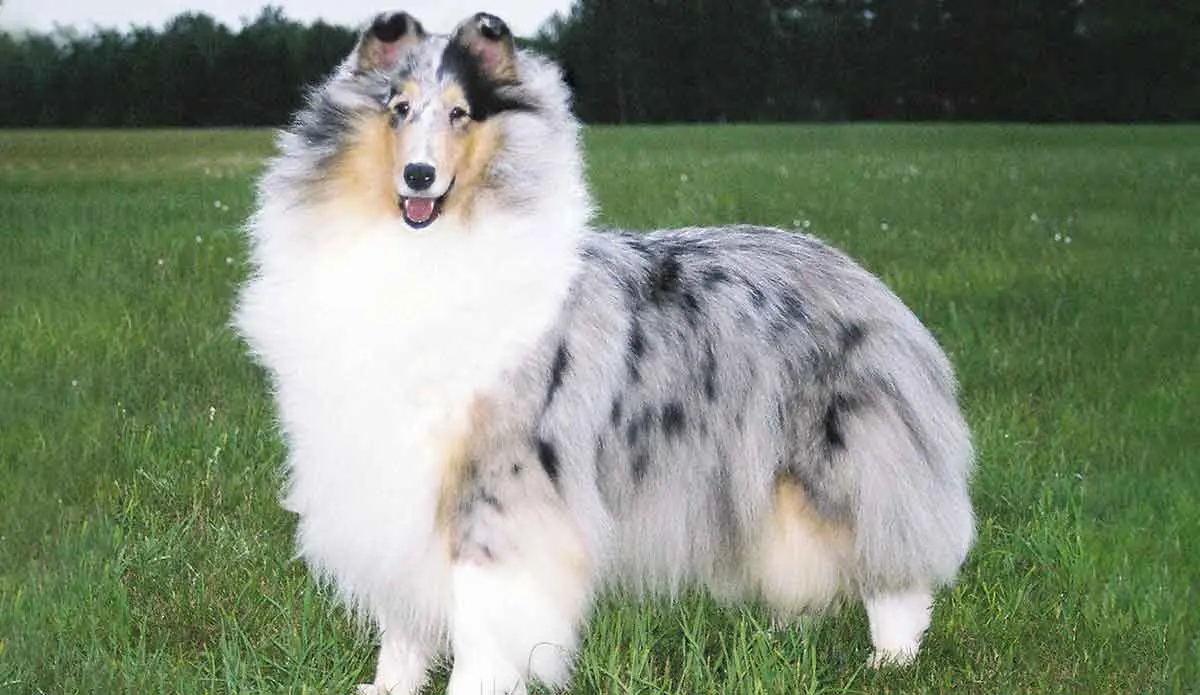
In 1877, the Rough Collie made its debut at the prestigious Westminster Kennel Club dog show. Philanthropist J.P. Morgan took an instant liking to the breed and purchased the first of many Rough Collies after seeing the breed at the Westminster Kennel Club show.
In 1893, J.P. Morgan first entered his Collies at the Westminster Kennel Club show. The American Kennel Club (AKC) was founded in 1886, and the Westminster Kennel Club became the first all-breed club associated with the AKC. The Collie Club of America joined the AKC that same year.
The Rough Collie is Not Just a Herding Dog
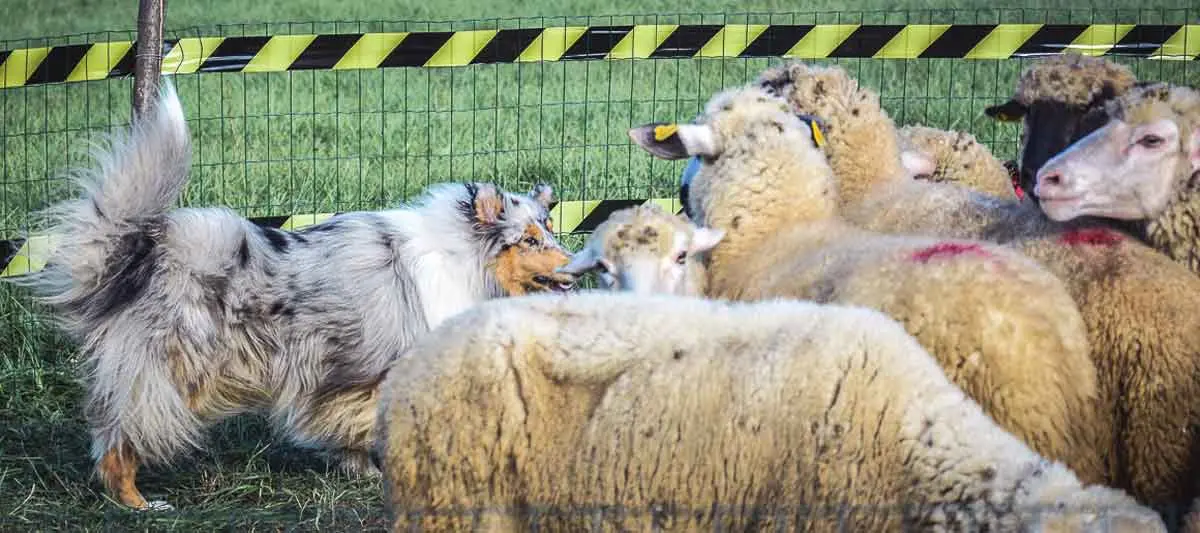
Today, the Rough Collie is so much more than just a herder of cattle and sheep. They have become show dogs, assistance dogs, sporting and performance dogs, and all-around wonderful companions.
Leslie Rappaport of Kings Valley Collies specializes in training Collies as service and assistance dogs, aiding people with disabilities and medical conditions. You can watch some of her Collies on YouTube performing everyday tasks for people.
Rough Collies are intelligent dogs, and they want nothing more than to please their owners. Therefore, they excel in most dog sports including agility and obedience. It is also not uncommon to see a Collie doing protection training, they can be very protective of their families. Classic’s Heir to the Throne was the first Rough Collie to earn a protection training title and was bred by Classic Kennels.
Rough Collies Have Double Coats
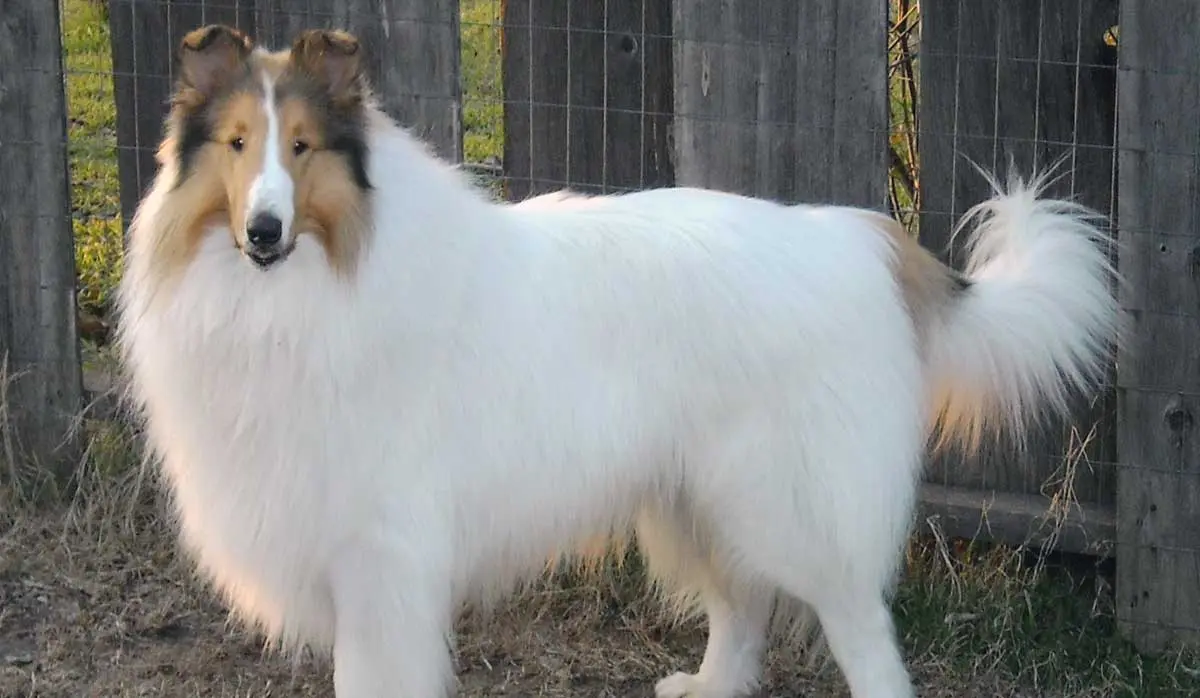
The long, dense coat of a Rough Collie is what is known as a double coat. They have a somewhat coarse, long outer coat and a softer, shorter undercoat. To keep a Rough Collie looking its best, you will need to brush them at least once a week and use a good detangling spray and finishing spray on their coat.
Collies will shed their undercoat in the spring, requiring more grooming to keep up with the shedding. They do not require excessive bathing, every six to eight weeks is sufficient. A Rough Collie should never be shaved. They need the protection of their coat to regulate their body temperatures and keep from getting sunburns.
Rough Collies Come in a Variety of Colors

For the longest time, there were only three acceptable colors in Collies: Sable and White, Tricolor, and Blue Merle. The breed standard has been modified a few times since being approved by the Collie Club of America to include more acceptable colors.
The sable and white coloring can range from golden or pure-for-sable to a deep sable or mahogany. White Collies are now accepted, but they must have a sable, tri, or blue merle head and at least one colored body spot.
Accepted Collie colors include:
- Sable and white
- Tri-colored or black, white, and tan
- Blue merle
- Sable merle
- Sable-headed white
- Tri-headed white
- Blue-headed white
Avoid breeders producing double merles, meaning they are breeding two merle dogs together. Puppies that are double merles can be born with a myriad of health problems including blindness and deafness in your dog.
Collies Need Regular Exercise

Collies are bigger dogs that need to get out and move to keep their bodies healthy and their minds stimulated. Being a natural-born herder, a Collie can easily become bored and will vocalize their displeasure.
Ideally, Rough Collies should go on two brisk walks per day lasting at least half an hour. They also need a safe area to run and chase birds and butterflies or play games with their family. A spirited game of fetch is right up their alley and they will love bouncing after a ball, throw stick, or frisbee.
Interactive games and toys will help keep their minds active and reward them for figuring out difficult puzzles. Collies who do not get enough exercise or mental stimulation may show signs of anxiety and discontent. If your lifestyle does not allow you to spend a good amount of time playing and training a Rough Collie, this is not the breed for you.
They Are Quick Learners
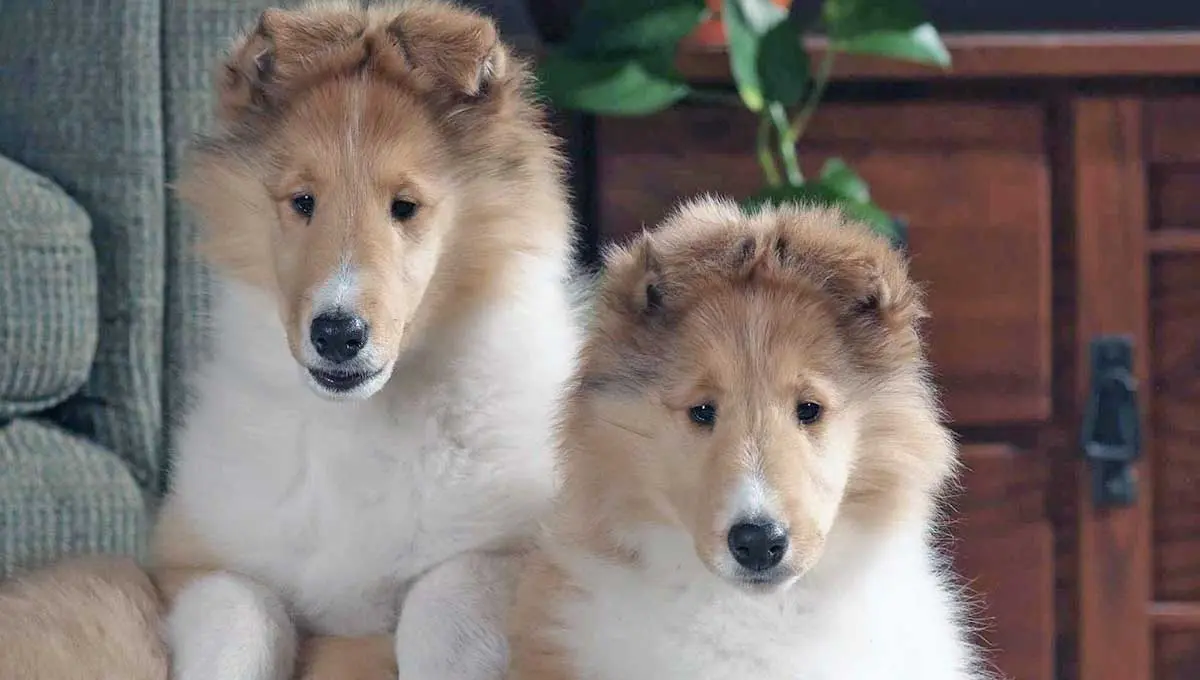
Clever and intelligent are words that many Collie owners use when describing their canine companion. Rough Collies are a sensitive breed and learn best using the reward system and repetitive training. Harsh training methods can make a Collie anxious and fearful.
The reward system uses positive reinforcement such as treats or special toys and a lot of praise when the dog performs a specific task correctly. Changing the reward they receive during training will keep them on their toes.
Rough Collies excel in obedience, rally, agility, and other dog sports. Many Collie owners find it easy to teach their pooch fun tricks such as shaking hands, fetching slippers, or even putting away their toys.
Collies Have Several Health Issues
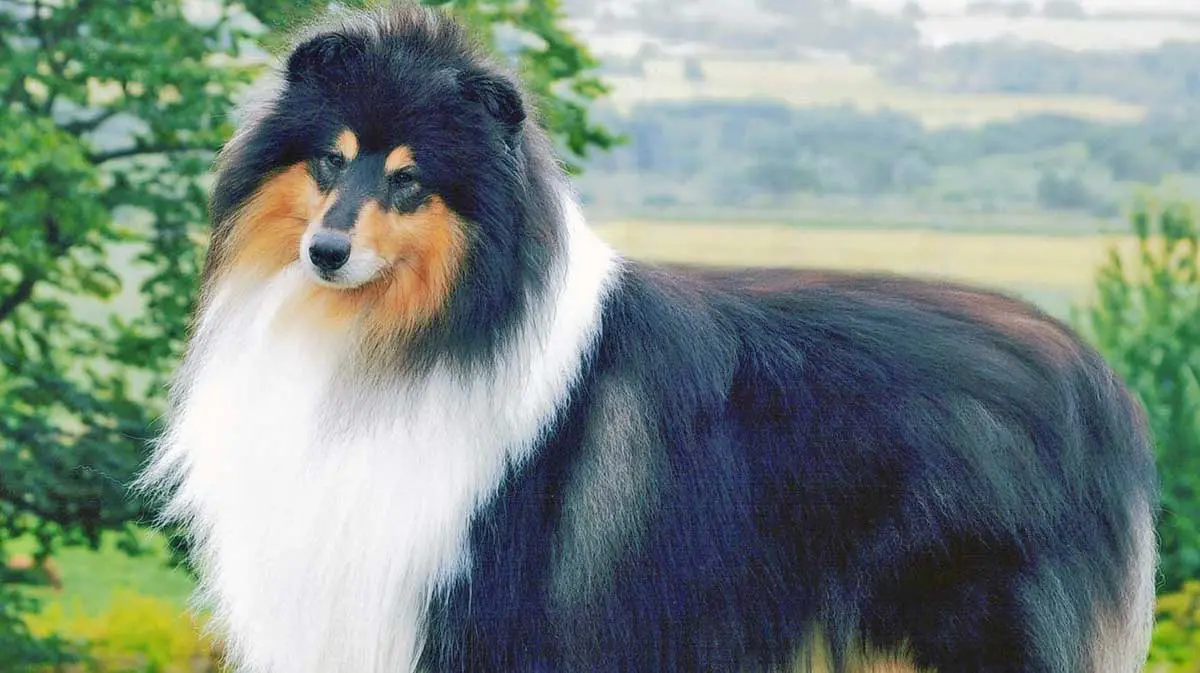
Rough Collies have an average lifespan of 10 to 14 years; however, this breed does have several health issues that can impact their quality of life including multi-drug resistance gene (MDR1 gene), Collie Eye Anomaly (CEA), Progressive Retinal Atrophy (PRA), dermatomyositis (DMS), and degenerative myelopathy (DM). Pet insurance and a pet first aid kit are good ideas when you have a Collie.
Collies can be affected by the MDR1 gene mutation. Potentially fatal reactions can occur if they have this mutation and are given certain drugs such as loperamide and ivermectin. A simple genetic test can determine whether a Collie is affected by this gene.
Collie Eye Anomaly is a broad term that covers a variety of eye conditions that may be minor or could be severe enough that blindness occurs. A canine ophthalmologist will perform an eye exam between six and eight weeks of age to determine if a pup is affected by CEA and its severity. Genetic testing can also be done to determine if a Collie is at risk of developing CEA complications.

Progressive Retinal Atrophy will eventually lead to blindness in your dog. The photoreceptor cells in the eye begin to deteriorate over time. There is also a genetic test to find out if a Collie is at risk of developing PRA.
DMS, or dermatomyositis, is a skin condition that mainly affects Collies and Shetland Sheepdogs. Young puppies generally begin showing signs by seven weeks but, in some cases, up to six months of age. Lesions begin appearing on the face and feet. DMS can lead to inflammation in the muscles and painful joints. Genetic testing can determine if a Collie is a low, medium, or high risk for developing DMS.
Degenerative myelopathy affects older dogs, including Collies, and will lead to a deteriorating quality of life including full paralysis of the hind quarters. Some medications can alleviate the symptoms for a short time. Reputable breeders will ensure that proper genetic testing has been performed on their breeding dogs including for DM before producing puppies.
Finding a Reputable Collie Breeder Can Be Difficult
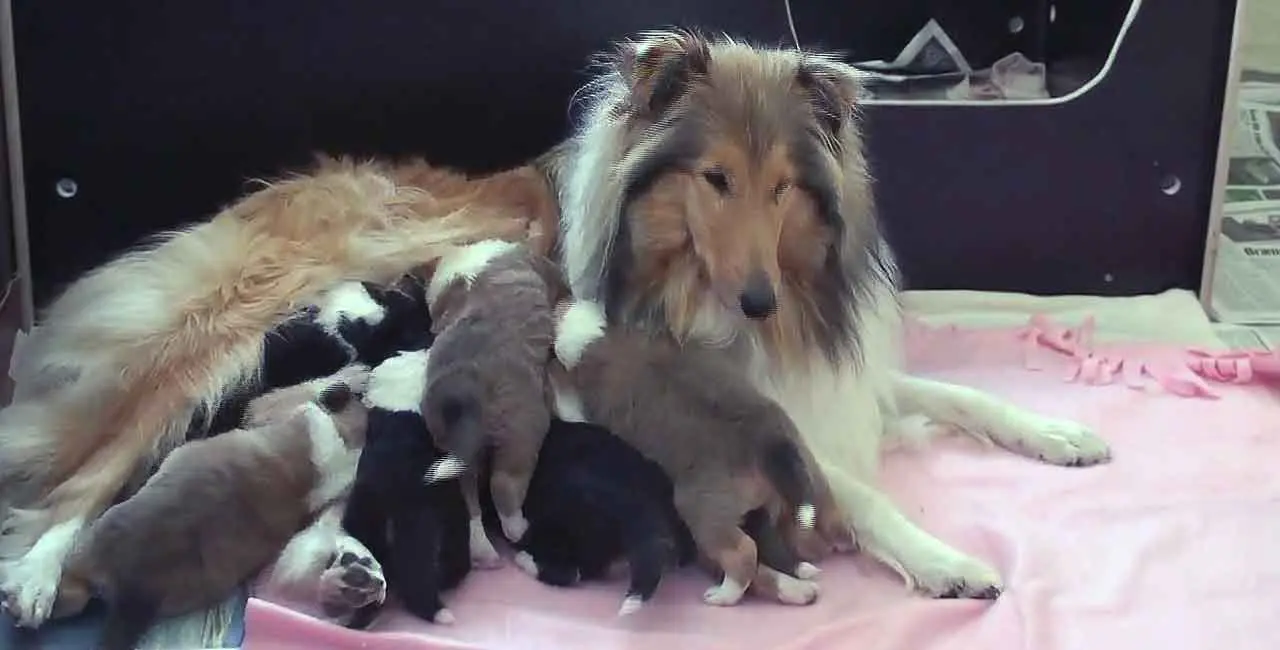
Collie puppies are adorable and when you see photos or videos of cute puppies, your heartstrings are tugged just a little bit. But do not let your heart overrule your head. There are several backyard Rough Collie breeders advertising puppies at a fraction of the cost of dedicated, reputable, preservation Collie breeders.
How a Collie puppy is reared from birth does have a direct effect on their development and social skills. Puppies that are not handled by their breeders or given the correct socialization and stimulation may become anxious and fearful.
While there are several reputable breeders in the United States and Canada, finding them can seem like looking for a needle in a haystack. Make a list of questions you want to ask a breeder including how puppies are raised, how long have they been breeding, what genetic testing is performed on the parents and puppies, and their overall breeding philosophy.
If a breeder skirts around a question or flat out does not answer a question, listen to your instincts, and move on to the next breeder on your list. Many reputable breeders will have a waitlist; they do not produce litter after litter to make money. Breeders with integrity will only produce a few Collie litters each year, so be patient and expect to wait for a quality Collie puppy.
